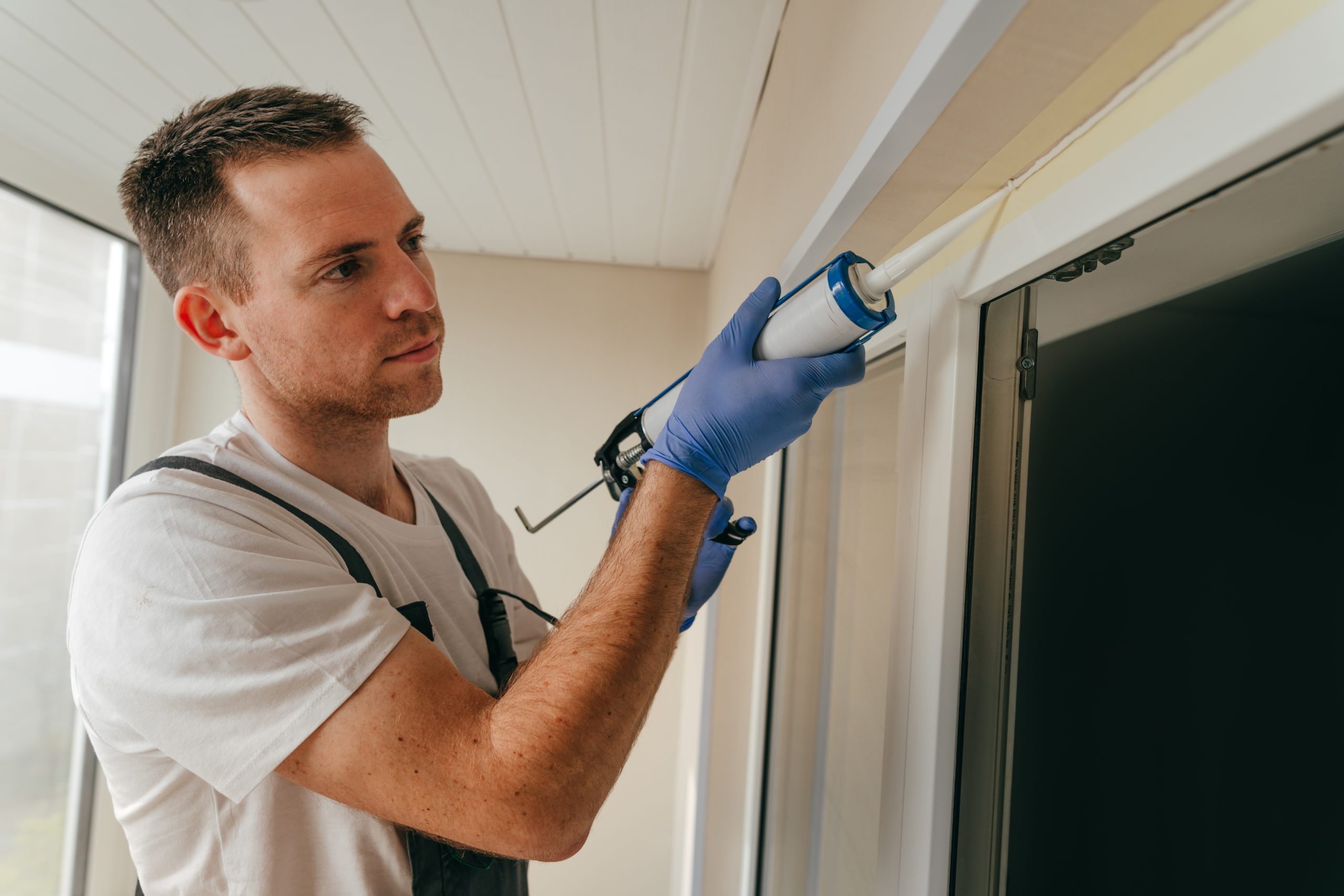Caulking might look like a simple DIY task, but getting a smooth, even application requires careful preparation, the right tools, and a little patience. Whether you’re sealing gaps around windows, filling cracks in your bathroom, or tidying up your baseboards, knowing how to apply caulk like a pro will give you long-lasting, professional-looking results. Here’s a detailed guide to help you achieve flawless caulking lines every time.
Preparing for Perfect Caulking
Before starting any caulking project, having the proper tools and materials is essential. Buying caulking tools like a premium caulking gun is a great investment. A good-quality gun will make the application smoother and more consistent. Consider looking for caulking supplies near me or exploring online caulking tool kits that include everything you need.
Choosing the right type of caulk is also crucial. Affordable silicone caulk is ideal for most home applications because it’s flexible, durable, and waterproof. If you’re sealing around windows, purchase waterproof caulk for windows to help prevent drafts and moisture from entering your home. For bathroom projects, where moisture is a constant factor, opt for a smooth finish caulk specifically designed for areas like tubs and sinks to avoid mold and mildew buildup.
Clean and Prep the Surface
Surface preparation is the foundation of a smooth caulk job. It’s not enough to just apply caulk on top of old material or dirty surfaces. First, thoroughly clean the area where you’ll be caulking. Use a sponge and mild soap to remove dust, dirt, and grease. If there’s old caulk in place, use a caulk remover tool to scrape it off entirely.
After cleaning, make sure the surface is completely dry. Any remaining moisture can interfere with how well the new caulk adheres to the surface. For areas around sinks or tubs, wiping down with a dry cloth and letting it sit for a bit ensures that water won’t get trapped under the caulk, which can weaken the seal over time.
Applying Caulk Like a Pro
Once your surface is clean and dry, it’s time to apply the caulk. Load your premium caulking gun with your selected caulk, ensuring that the tip is cut at a 45-degree angle for a precise application. The size of the hole in the nozzle should correspond with the size of the gap you’re sealing—larger gaps require a bigger hole, while smaller gaps need only a thin bead of caulk.
Hold the caulking gun at a 45-degree angle and slowly squeeze the trigger to release the caulk. Steady, even pressure is key to avoiding lumps and uneven lines. Move the gun at a constant pace along the gap. Rushing will result in messy, uneven caulking, while moving too slowly can cause the caulk to pile up, creating thick, inconsistent lines. Using a premium caulking gun for precise application makes this step easier because it allows you to control the flow of caulk more accurately.
For straight, even lines, painter’s tape can be a lifesaver. Place strips of tape along both sides of the gap you’re caulking, leaving a small space for the caulk to fill. Once you’ve finished, you can remove the tape to reveal clean, straight edges. This is especially useful for beginners looking to achieve professional-quality caulk lines at home.
Smoothing the Caulk for a Flawless Finish
The next step is smoothing the caulk, which should be done immediately after application. Caulk starts to dry quickly, so you don’t want to wait too long. Using your finger is one of the simplest methods for smoothing, but there are also specialized tools available in the best caulking kits for home improvement that can help you achieve a smooth finish.
To prevent caulk from sticking to your finger or tool, dip it in a small bowl of water or rubbing alcohol before smoothing the bead of caulk. Lightly run your finger or tool along the caulk, pressing gently to even it out and push it deeper into the gap. This will create a neat, professional-looking seal. Wiping off any excess caulk is crucial—leaving extra caulk can result in a messy appearance once it dries.
If you’re working with silicone caulk, which can be more difficult to smooth, consider investing in caulking tool kits that come with smoothing tools designed specifically for silicone. These tools will give you more control and help you achieve a clean, uniform finish without over-smoothing the caulk.
Avoiding Common Caulking Mistakes
While caulking is straightforward, some common mistakes can lead to poor results. One of the biggest errors people make is applying too much caulk. Many assume a thick bead will seal better, but it often creates an unsightly mess. Instead, apply a thin bead and go over the area a second time if needed. It’s easier to add more caulk than to try and remove excess.
Another mistake is waiting too long to smooth the caulk. Silicone caulk, in particular, begins to set quickly. If you don’t smooth it immediately, it can harden unevenly, leaving you with rough, irregular lines. Always smooth the caulk right after application to avoid this issue.
Improper caulk selection can also be a problem. For example, using caulk that isn’t waterproof in high-moisture areas like bathrooms can result in mold or mildew growth. That’s why using smooth finish caulk for bathrooms or waterproof caulk for windows is important to maintain durability.
Choosing the Right Caulk for Each Job
Different projects require different types of caulk to ensure a long-lasting seal. For general home improvement tasks like sealing baseboards or small gaps around windows, affordable silicone caulk is a reliable choice. However, for high-moisture areas, such as bathrooms or kitchens, using a smooth finish caulk designed for these environments is essential to prevent cracking, mold, and water damage.
When sealing outdoor windows or doors, waterproof caulk is essential to keep out rain, snow, and drafts. Caulk meant for indoor projects may not withstand the weather, so purchasing caulk made for exterior use will extend the life of your seal. You can easily find discount caulk and sealant options both online and at your local hardware store, ensuring you don’t sacrifice quality for price.
Final Steps for a Perfect Finish
Achieving smooth and even caulk lines takes practice, but with the right tools, materials, and techniques, you’ll be able to caulk like a professional. Don’t rush the process, and take your time to get the perfect bead and smooth finish. If you’re ready to start your next caulking project, make sure to get your supplies from trusted stores or browse online caulking tool kits to ensure you have everything you need.
Whether you’re sealing a bathroom, windows, or baseboards, these tips will help you achieve a long-lasting, flawless result. For more expert advice or professional caulking services, contact Kettle Contracting. Serving Oshawa, Ajax, Pickering, Whitby City, and Toronto, we’re here to help with all your home improvement needs, ensuring you get the seamless, professional finish you desire.


